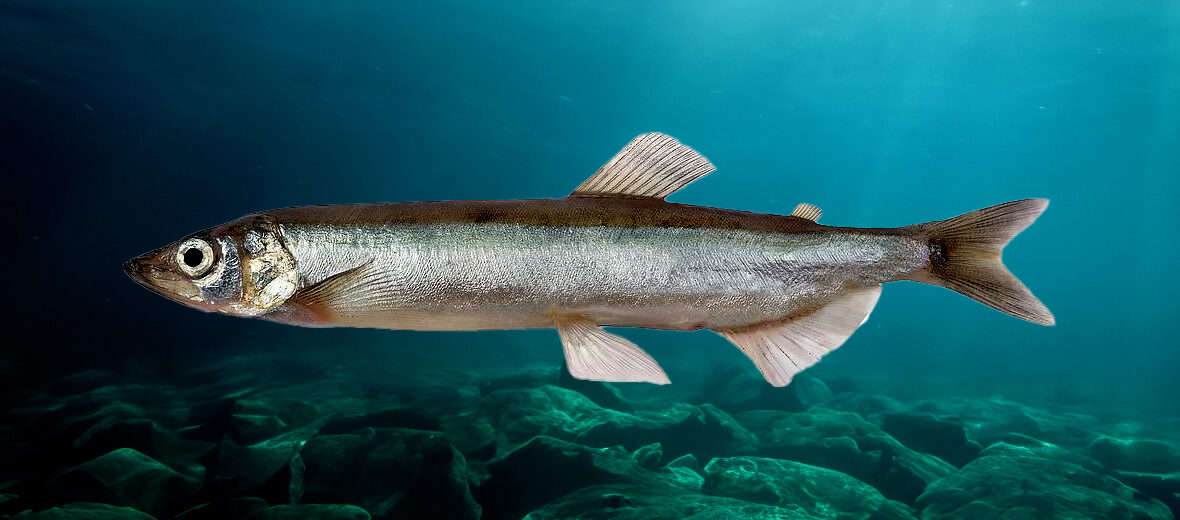
The capelin is a smaller sized foraging fish that hails from the smelt family. They dwell in the cold North Atlantic, North Pacific, and Arctic oceans. These fish are not only caught by fisheries, but also preyed on by numerous oceanic creatures. Even though they face the threats of overfishing and over-harvesting, they are abundant and listed as Least Concern by the IUCN. Their population trend is stable.
First the Stats…
Scientific name: Mallotus villosus
Weight: Up to 1.58 ouces
Length: Up to 9.84 inches
Lifespan: Up to 10 years
Now on to the Facts!
1.) Caplin feed on plankton, krill, and crustaceans.
2.) Whales, Atlantic cod, Atlantic mackerel, squid, seals, and seabirds all prey on capelin.
3.) Capelin populations within the Barents Sea and near Iceland engage in extensive seasonal migrations for both breeding and feeding purposes.
4.) Spawning typically takes place at night.
5.) While spawning, these fish will flop their way as far up on the beach as possible, and in the process of doing do, often strand themselves and die.
But wait, there’s more on the capelin!
6.) Their main spawning season happens in spring but can extend into the summer.
7.) When spawning on beaches, males have a near 100% mortality rate! Females don’t always make it back either.
Did you know…?
The risky act of jumping onto land en masse to spawn is quite unique to the capelin, grunions, and grass puffers.
8.) It is presumed that both food competition and herring feeding on capelin larvae tend to lead to collapses in the capelin stock.
9.) Similar to the grunion runs in the United States, it is popular for Canadians to gather at night on the beaches and scoop up capelin trying to breed. The capelin beach themselves by the millions and only a small dent is made in their numbers by this act.
10.) Capelin is used for fish meal and oil industry products, but is also utilized as food.
Now a Short Capelin Video!
Be sure to share & comment below! Also, check out the Critter Science YouTube channel. Videos added regularly!
Want to suggest a critter for me to write about? Let me know here.
Some source material acquired from: Wikipedia & IUCN



